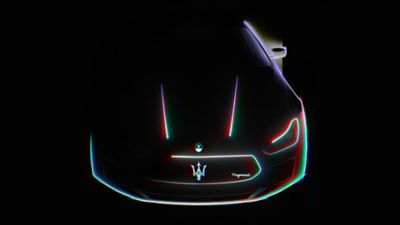
“I think the internet has changed things a lot,” agrees Fujiwara, who says pop culture “finished in the 1990s.”Īnd yet Fujiwara has managed to stay as relevant as ever. "As the world evolved, Hiroshi quietly evolved as well," says John C. Today, information is everywhere and cool is only a few clicks away. records and streetwear brands like Anarchic Adjustment and Stüssy first put him on the map. As his name grew, he took on a growing array of activities: starting a hip-hop group, opening a concept store, writing a magazine column and serving as a mentor to fellow Harajuku designers Nigo and Jun Takahashi.īut that was then. The world has changed since the days when Fujiwara’s love of Run D.M.C. Moncler Genius x Fragment Design | Source: Courtesyīack in 1989, Fujiwara birthed streetwear label Good Enough, pioneering the concept of drip feeding product in limited quantities well before the "drop" system was popularised by the likes of Nike and Supreme. Moncler Genius x Fragment Design | Source: Courtesy Moncler Genius x Fragment Design | Source: Courtesy "People think that streetwear is sneaker culture, but I think it's more than that - it's about the attitude you have," says the enigmatic Fujiwara, sitting down for a wide-ranging conversation with BoF in the Milan offices of Moncler, with which he is presenting his latest collaboration as part of the Italian outerwear brand's Genius project: a grunge-inspired collection set to launch with a musical experience during Pitti Uomo on Wednesday.

In the 1980s, Fujiwara travelled from Japan to London and New York, soaking up the subcultures of punk, hip-hip and skateboarding, and transporting them back to Tokyo. In the process, he reinvented himself as a cultural DJ and godfather of Harajuku, the Japanese capital’s ground-zero for streetwear, which he inflected with high fashion sensibilities, transforming simple items like t-shirts into luxury goods imbued with deeper meaning.


MILAN, Italy - Before there was the internet, there was Hiroshi Fujiwara.


 0 kommentar(er)
0 kommentar(er)
